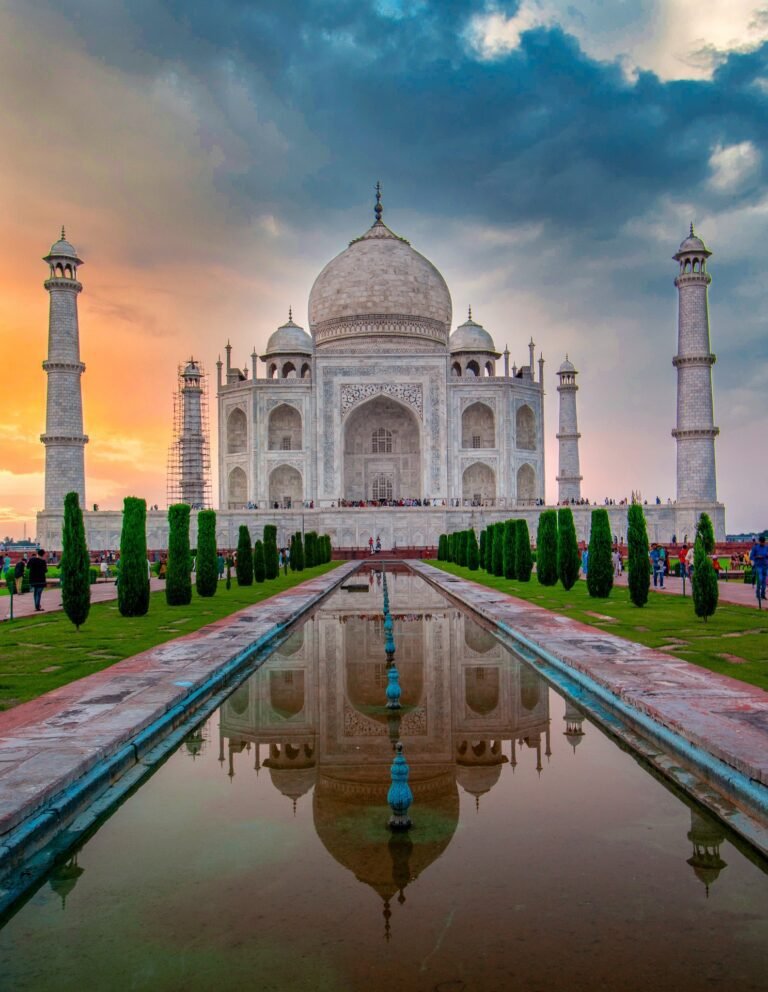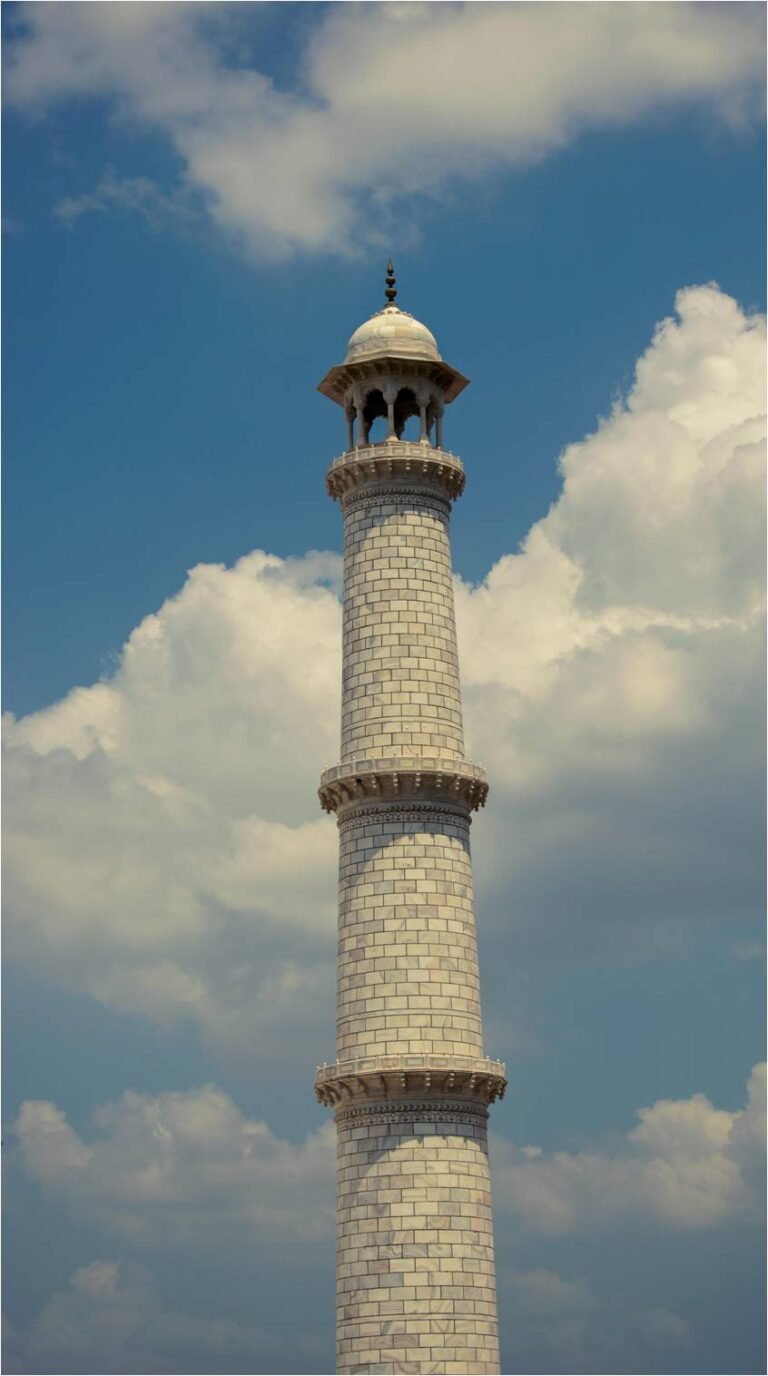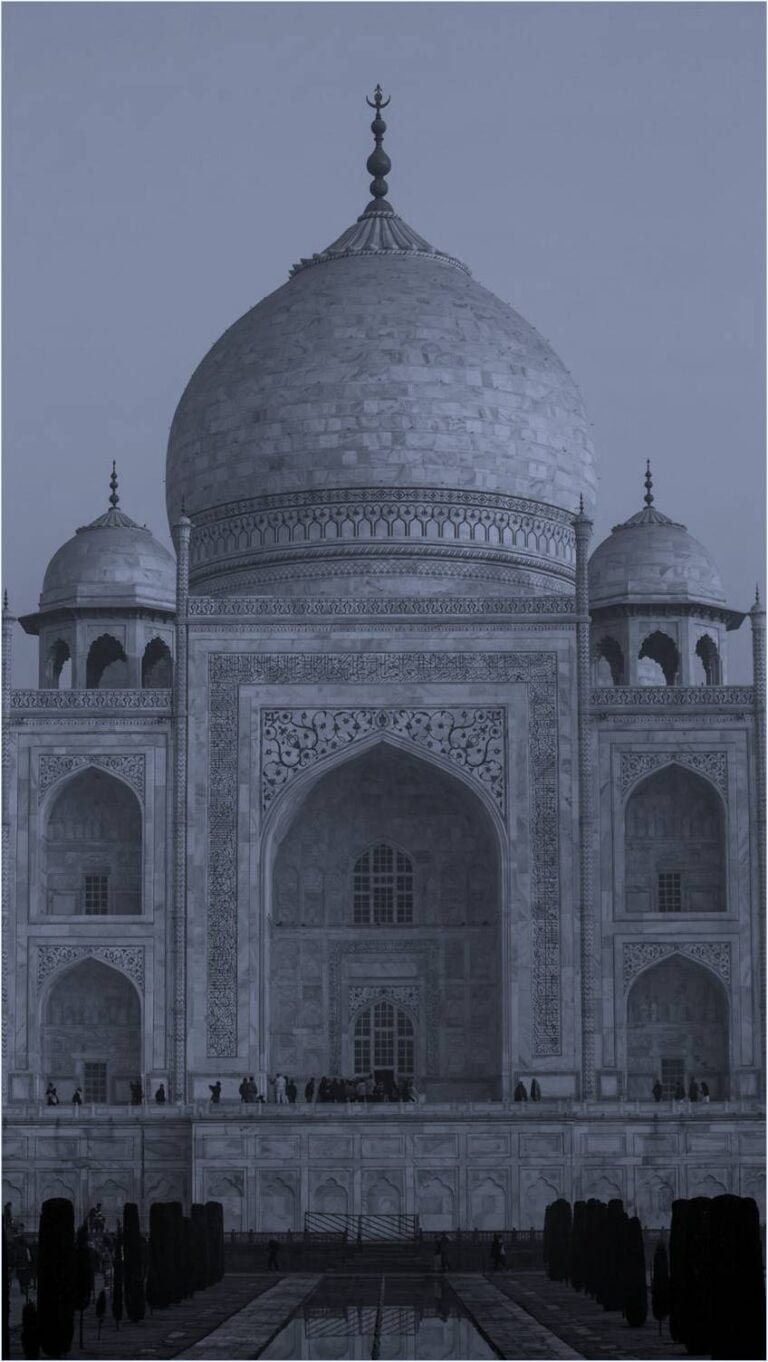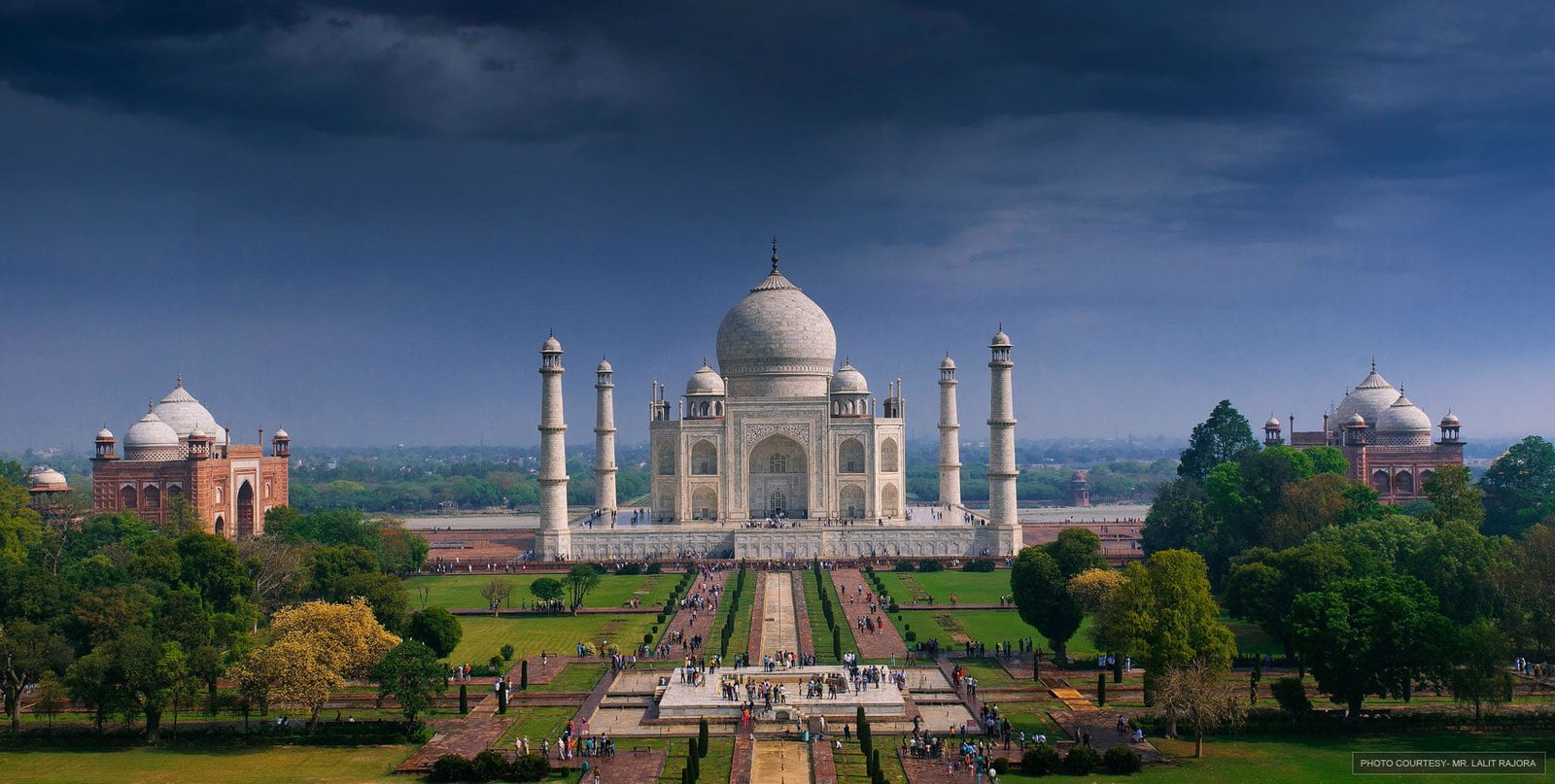
Secrets of Taj Mahal Laser Known Facts, Myths and Mysteries
The Taj Mahal, a monument synonymous with eternal love, has captivated hearts for centuries. But beneath its shimmering white facade lie secrets and lesser-known facts waiting to be unveiled. So, let's embark on a journey to explore the truths and myths surrounding this architectural masterpiece.
A Secret Hole with Purpose
Gazing upwards in the Taj Mahal’s central chamber, you might notice a curious detail – a hole in the ceiling. This isn’t a construction flaw, but rather a clever acoustic feature. It allows sound to circulate freely, creating a natural echo effect. Imagine reciting a poem or whispering a message – the Taj Mahal amplifies it, adding a touch of ethereal beauty to your experience.

The Secrets behind the Leaning Minarets:
The four minarets flanking the Taj Mahal appear perfectly straight. However, a closer look reveals a fascinating fact: they’re built with a deliberate outward tilt! This isn’t a structural error, but a well-thought-out engineering marvel. This intentional deviation from perpendicularity is believed to create an optical illusion, making the minarets appear straight when viewed from a distance, thus enhancing the monument’s visual harmony. In the unfortunate event of an earthquake, the outward tilt ensures the minarets fall away from the mausoleum, protecting the main structure.


Pietra Dura: Majestic Inlay Work
Step inside the Taj Mahal’s intricately adorned interior, and you’ll be greeted by magnificent displays of inlay work. known as pietra dura. Imagine tiny pieces of semi-precious stones like jade, turquoise, and carnelian, meticulously crafted to create floral designs, calligraphy, and geometric patterns. The effect is breathtaking, a testament to the unparalleled skill of the artisans who transformed the white marble into a shimmering canvas, reflecting the opulence of the Mughal era.
A Myth: Hands Chopped Off?
A popular myth surrounding the Taj Mahal claims that the artisans who built it had their hands chopped off by Shah Jahan to prevent them from replicating its magnificence. Thankfully, this is just a fanciful story. Skilled artisans were highly valued in the Mughal era, and there’s no historical evidence to support this claim.

Standing Tall: A Hidden Comparison
While the Qutub Minar in Delhi stands as a testament to ancient architecture and engineering prowess, the Taj Mahal surpasses it in terms of sheer beauty and emotional resonance. Its graceful domes, pristine marble façade, and exquisite gardens evoke a sense of awe and admiration unmatched by any other monument in India. Here’s a surprising fact for you! The Taj Mahal stands at a height of around 243 feet (74 meters). That makes it a little over 5 feet taller than the iconic Qutub Minar in Delhi!
Secrets of the Mythical Black Twin:
Legend has it that Shah Jahan planned to build a black marble mausoleum adjacent to the Taj Mahal, intended as his own final resting place. This mythical structure often referred to as the “Black Taj Mahal,” remains a subject of fascination and speculation, its existence shrouded in mystery and intrigue. However, there’s no historical record or archaeological evidence to support its existence. Perhaps it will forever remain an alluring mystery.

A Play of Light: The Chameleon Effect
One of the Taj Mahal’s most enchanting qualities is its ability to change colors throughout the day, reflecting the nuances of light and shadow. From soft pink hues at dawn to radiant white under the midday sun and golden tones at sunset, each moment offers a new perspective on this architectural marvel. This mesmerizing effect is due to the way light interacts with the translucent marble.

A Temporary Resting Place for Mumtaz Mahal
While the Taj Mahal is Mumtaz Mahal’s final resting place, it wasn’t always so. Her body was initially laid to rest in a temporary tomb within the Agra Fort after her death. Later, it was shifted to the exquisite mausoleum we see today. Historical records and accounts from the Mughal era offer glimpses into the events surrounding Mumtaj Mahal’s death and the subsequent construction of the Taj Mahal as her mausoleum.

History Revisited: Unveiling the Temple Theory
Some theories propose that the Taj Mahal was built on the site of a pre-existing Hindu temple. However, historical evidence refutes claims that the Taj Mahal was originally a Shiva temple or that it was built by foreign architects. Rooted in Mughal architectural tradition and constructed by skilled Indian artisans, the Taj Mahal stands as a testament to the cultural and artistic heritage of the Indian subcontinent.

A Mughal Marvel: An Emperor's Legacy
The Taj Mahal stands as a testament to the architectural brilliance of the Mughal era. It was indeed commissioned by the Mughal emperor Shah Jahan, a man deeply in love with his wife Mumtaz Mahal. While he may have employed foreign architects and artisans, the Taj Mahal remains a shining example of Mughal art and culture.

So, the next time you look upon the Taj Mahal, remember the stories it whispers - of architectural brilliance, enduring love, and the mysteries that continue to intrigue us all.

Visiting Hours
Timing and Ticket Price to Visit the Taj Mahal in Agra, India
(Taj Mahal opens 30 Minutes before sunrise and closes 30 Minutes before sunset during normal operating days)
Taj Mahal is closed on Fridays for general viewing. Other days it is always open.
Taj Mahal is closed on Fridays for general viewing. Other days it is always open.
Taj Mahal is closed on Fridays for general viewing. Other days it is always open.
Ticket Outlets
(Buying Taj Mahal Ticket from Entry Gate
- Taj Mahal Western Gate :- Tickets are available on Western Gate near Saheli Burj. (Timing-One Hour before Sunrise upto 45 Minutes before Sunset).
- Taj Mahal Eastern Gate :- Tickets are available at Eastern Gate of Taj Mahal. (Timing-One Hour before Sunrise upto 45 Minutes before Sunset).
- Taj Mahal Southern Gate :- No Entry from this gate at Present only Exit is allowed.
There are separate queues for Foreign tourists and Domestic tourists to enter to Taj and signs will direct you accordingly.
| Entry Fee | ||
| S.No. | Tourist Type | Amount (Rs.) (Inclusive of ASI & ADA fees) |
| 1. | Foreign tourist | 1100/- + 200/- Additional for visiting main mausoleum (Optional) |
| 2. | Citizens of SAARC and BIMSTEC Countries | 540/- + 200/- Additional for visiting main mausoleum (Optional) |
| 3. | Domestic/Indian/OCI Cardholder | 50/- + 200/- Additional for visiting main mausoleum (Optional) |
Note-
- Tourists buying tickets online will get discount of Rs.5/- for per Indian ticket & Rs. 50/- for per Foreigner ticket.
- No Entry fee for children below the age of 15 years. (both Domestic and Foreigner).
- Additional Rs.200/- will be charged if one wants to visit main mausoleum
Buying a Taj Mahal Ticket Online
Official Website asi.payumoney.com & www.asiagracircle.in offers information and ticketing service for Taj Mahal tickets. Both foreign and domestic visitors may use the e-ticket booking for the ASI Taj Mahal and other monuments.